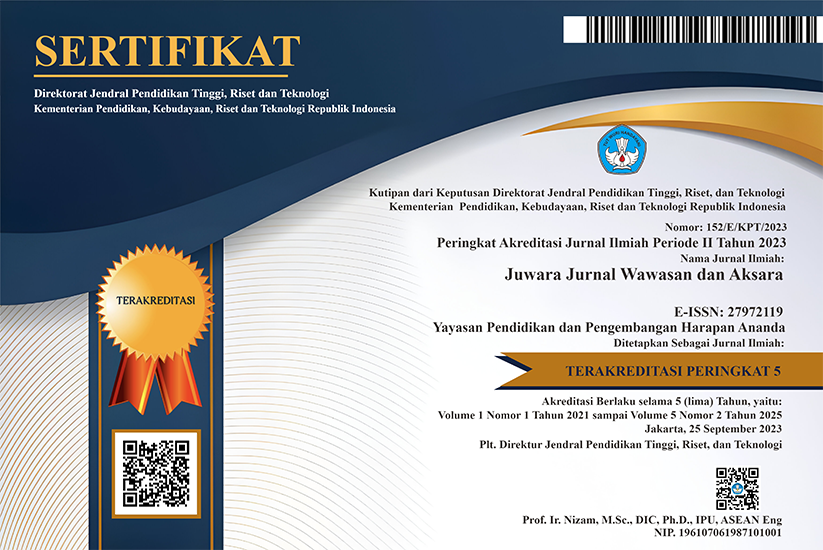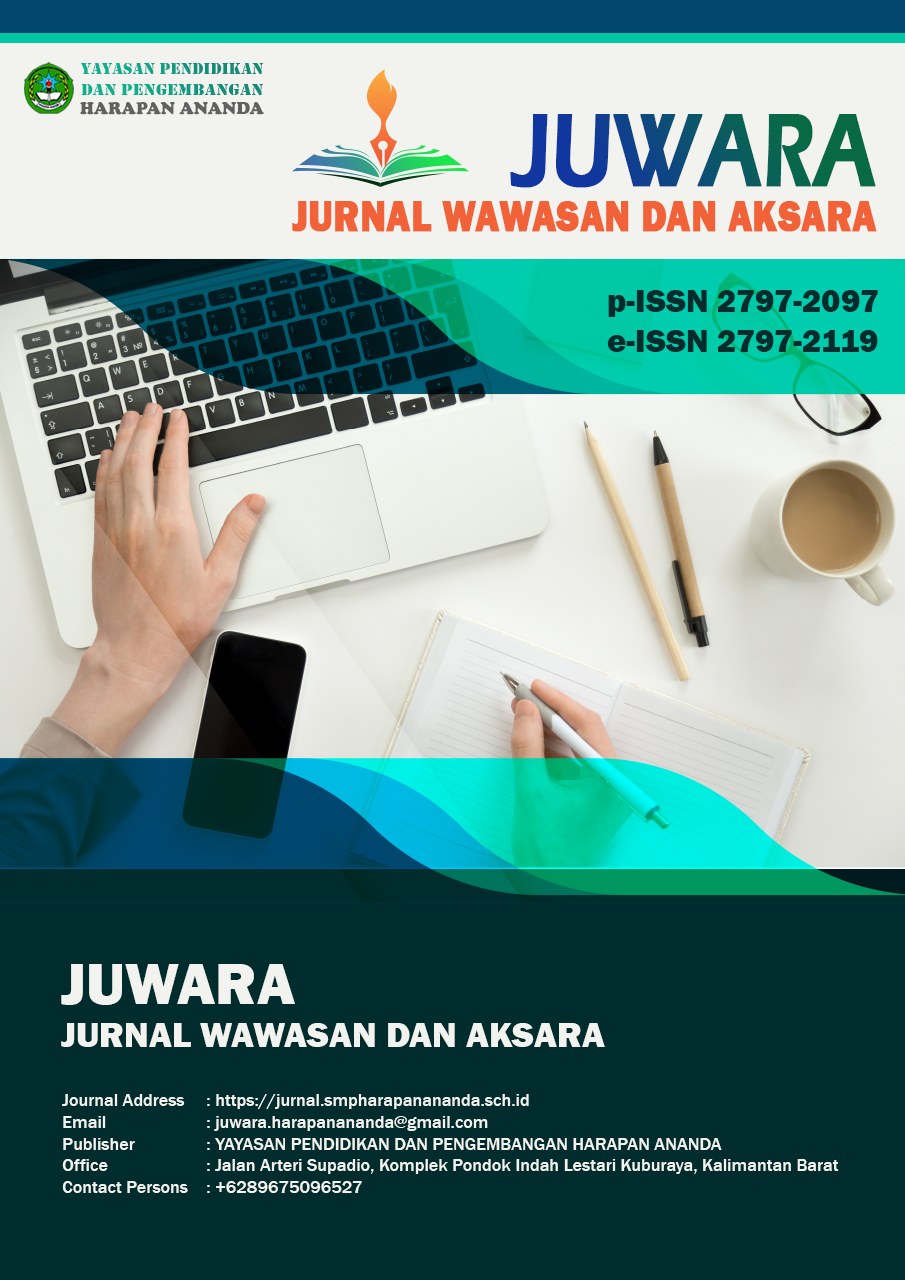Prototype of an Android Based Online Attendance System at SMA Negeri 1 Sungai Raya
DOI:
https://doi.org/10.58740/juwara.v5i2.642Keywords:
Android, Cloud Storage, Online Attendance, QR Code, Secure Data ManagementAbstract
Student attendance at SMA Negeri 1 Sungai Raya has been recorded manually using attendance sheets signed at each meeting. This conventional method often causes various problems, such as the possibility of signature manipulation, attendance proxy, and the risk of data loss when documents are damaged or lost. In addition, the process of recapitulating attendance requires considerable time and effort, making it difficult for teachers and administrative staff. To address these issues, this study developed a prototype of an Android based online attendance system that utilizes QR codes as student attendance identifiers. The system is designed so that students can independently record their attendance by scanning QR codes, while teachers can monitor attendance in real time. Attendance data is stored online using the Firebase Cloud Firestore service, allowing attendance information to be accessed quickly and securely. The attendance system prototype was built using the Java programming language with an XML-based interface in Android Studio. The test results show that the system is capable of processing attendance data efficiently, reducing the potential for fraud, and speeding up recapitulation, making the attendance administration process more practical and accurate.
References
Kementerian Pendidikan, Kebudayaan, Riset, dan Teknologi. (2023). Evaluasi Nasional Pendidikan Menengah: Laporan Tahunan. Direktorat Jenderal Pendidikan Anak Usia Dini, Pendidikan Dasar, dan Pendidikan Menengah.
Permana, R., & Alkadri, S. P. A. (2025). Development of a Web-Based Thesis Repository for Information Technology Education Students. Journal of Multidiscipline and Collaboration Research, 2(2), 93–101. https://doi.org/10.58740/jmcr.v2i2.625
Pusdatin Kemendikbud. (2022). Laporan Survei Nasional Transformasi Digital Pendidikan. Pusat Data dan Teknologi Informasi, Kementerian Pendidikan, Kebudayaan, Riset, dan Teknologi.
Radhitya, A., Ferdiansyah, D. A., Putra, E. D., Zachary, E. H., Putra, G. G., Bisyafaa, I. M., ... & Fadillah, N. A. (2025). Sistem Absensi Digital Menggunakan QR-Code untuk Fasilkom. Indo Green Journal, 3(1), 05-09. https://doi.org/10.31004/green.v3i1.83
Rahmawati, S. (2025). Peran Perceived Ease of Use dan Attitude untuk Memaksimalkan Purchase Intention dengan Technology Acceptance Model dalam Konsumen Industri Ride Hailing Generasi Y dan Z (Doctoral dissertation, Universitas Islam Indonesia). https://dspace.uii.ac.id/handle/123456789/55735
Sakti, D. V. S. Y., Ramadhan, A., Santika, R. R., & Permana, I. (2025). Purwarupa Sistem Absensi Berbasis Mobile dengan QR Code. Jurnal Ticom: Technology of Information and Communication, 13(3), 135-140. https://doi.org/10.70309/ticom.v13i3.158
Sari, R. Y., Subandi, A., & Irsyad, I. (2024). Pengaruh penggunaan sistem informasi manajemen berbasis digital terhadap efisiensi administrasi pendidikan. Academy of Social Science and Global Citizenship Journal, 4(1), 21-29. https://doi.org/10.47200/aossagcj.v4i1.2389
UNESCO. (2023). Global Education Monitoring Report 2023: Addressing absenteeism and learning loss in secondary education. United Nations Educational, Scientific and Cultural Organization.
Wahyuni, S., Sumah, J., Selsily, W. H., Tribuana, D., Maramis, L., Angreini, A., ... & Bulu, N. H. (2025). Cloud Computing. Serasi Media Teknologi.
Widagdo, A. S. (2025). Penerapan Heuristic Evaluation pada Rancangan UI/UX Aplikasi Presensi Mobile. IJITECH: Indonesian Journal of Information Technology, 3(1), 17-24. https://doi.org/10.71155/84qmp232
Downloads
Published
How to Cite
Issue
Section
License
Copyright (c) 2025 Ratih Widya Nurcahyo, Muhamad Nasihin

This work is licensed under a Creative Commons Attribution-NonCommercial 4.0 International License.
JUWARA: Jurnal Wawasan dan Aksara provides open access to anyone so that the information and findings in these articles are useful for everyone. This journal's article content can be accessed and downloaded for free, following the creative commons license used.




















